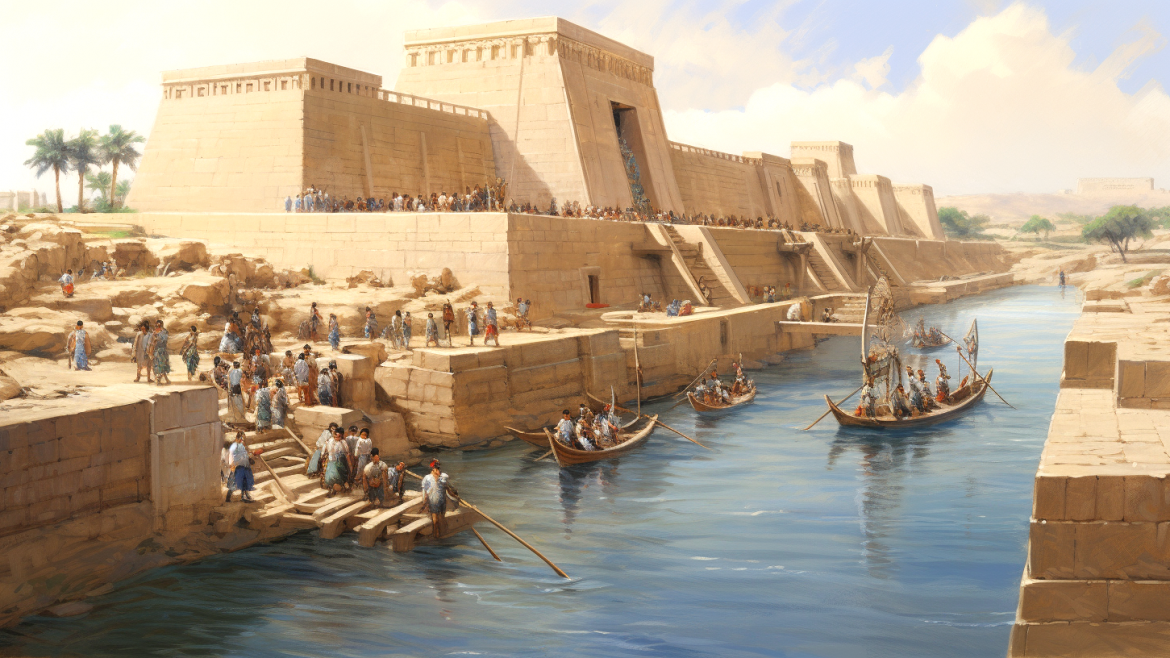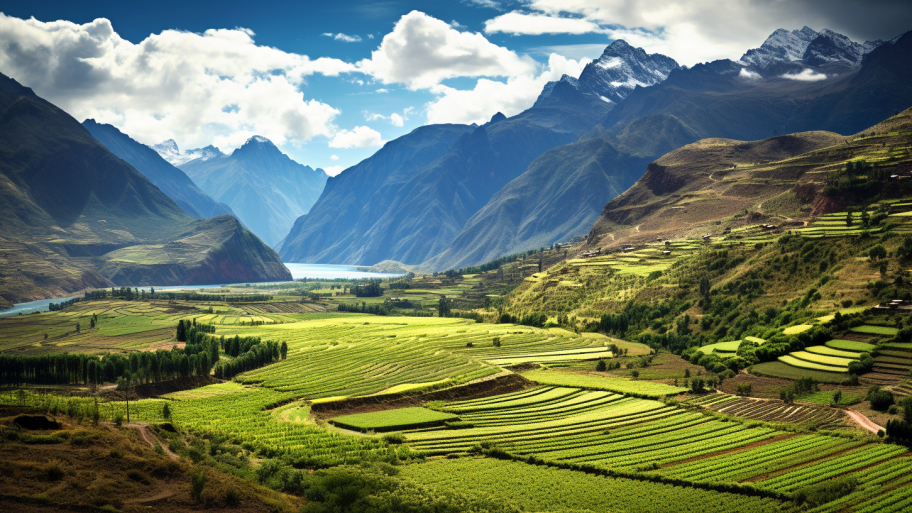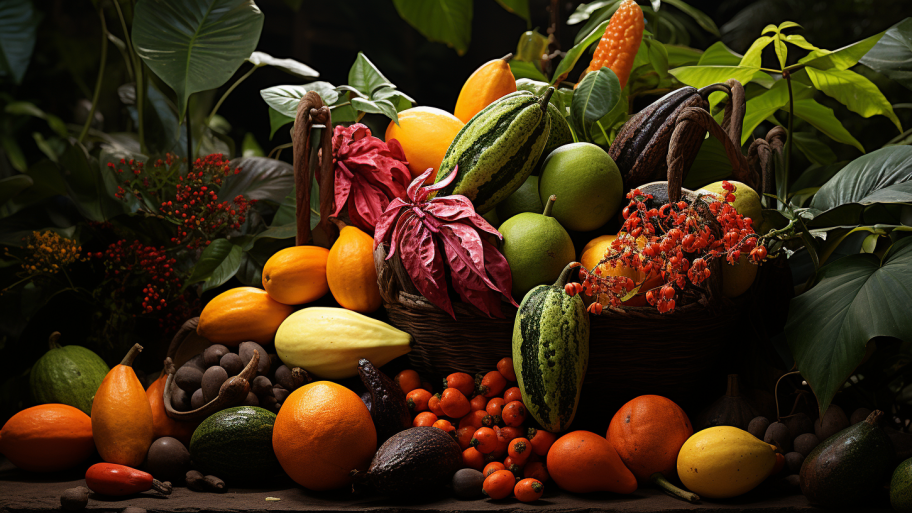Water was crucial to the success of the ancient Mesopotamian civilizations. The region’s fertile soil relied heavily on the Tigris and Euphrates rivers, which were both a blessing and a curse. While these rivers provided a vital source of water for irrigation, they were also prone to unpredictable flooding, which could be devastating for the crops and settlements along their banks. To overcome these challenges and ensure a steady supply of water for their agricultural endeavors, the Mesopotamians developed sophisticated irrigation systems and canals.
One of the most significant innovations in Mesopotamian agriculture was the construction of canals, which allowed the people to control and redirect the flow of water from the Tigris and Euphrates rivers to their fields. These canals were designed to regulate the water supply, prevent flooding, and provide a more efficient method of irrigation. The process of building these canals was labor-intensive, requiring a great deal of manual labor and cooperation among the members of the community.
The Mesopotamians were highly skilled in the engineering and construction of these canals, as well as the maintenance and operation of the associated irrigation systems. They developed a variety of techniques to control water flow, including the use of sluice gates, which could be opened or closed to direct water to specific areas. They also built levees and embankments to prevent flooding and manage the water levels in the canals.
Modern gardeners and farmers can take inspiration from these ancient irrigation techniques when designing their own water management systems. For example, a micro-irrigation system or drip irrigation system can help conserve water while ensuring that plants receive the moisture they need to thrive. There are numerous products available on Amazon to help implement these systems, such as the Raindrip R560DP Automatic Watering Kit and the Orbit 69525 Micro Bubbler Complete Drip Irrigation Watering Kit.
Another essential aspect of Mesopotamian irrigation systems was the use of water storage facilities, such as cisterns and reservoirs, which allowed the people to store water for use during periods of drought. Modern gardeners can also adopt this practice by installing rain barrels or other water storage containers to collect and store rainwater for later use. A popular product on Amazon is the RTS Home Accents 50-Gallon Rain Water Collection Barrel, which provides an efficient and eco-friendly way to collect and store rainwater for use in your garden.
The ingenuity and skill with which the ancient Mesopotamians designed and constructed their irrigation systems and canals remain an inspiration to gardeners and farmers today. By learning from these ancient techniques and incorporating them into our own gardening practices, we can make more efficient use of our water resources and contribute to a more sustainable future.
In the final article in this series on ancient Mesopotamian horticulture, we embark on a mesmerizing journey to uncover the secrets of one of the world’s seven wonders: the Hanging Gardens of Babylon.




